Nestlé’s best practices in regenerative agriculture
December 19, 2022 | 11:29
The NESCAFÉ Plan, which launched in Vietnam in 2011, is a testament to Nestlé’s efforts in pursuing regenerative agriculture. Although regenerative agriculture is a new concept, regenerative farming methods have been practised in the coffee sector over the past decades.
 |
| Pham Phu Ngoc, Agro Service manager at Nestlé Vietnam |
With the regenerative agriculture programme, the Nestlé Group and Nestlé Vietnam have followed the country’s commitments made at COP26. The programme has a roadmap for implementation towards 2050. In the 2018-2022 period, we have taken the first steps to reduce greenhouse gas (GHG) emissions. Accordingly, Nestlé has committed to reducing 20 per cent of its GHG emissions by 2025 and 50 per cent of its emissions by 2030. Nestlé sets the goal of achieving net-zero by the end of 2050.
The commitments by Nestlé Group, Nestlé Vietnam, and its NESCAFÉ Plan programme are in line with those of the Vietnamese government. All the plans that we are putting into action are also part of Vietnam’s plans.
Along with agriculture, Nestlé also focuses on the entire production chain, from working with farmers and partners to manufacturing the products and distributing them to customers. Thus, it is clear that there are numerous challenges when implementing a regenerative agriculture programme as it relates to so many fields.
Nestlé focuses on four key areas. The first is how to improve soil conservation and soil health. Second is water conservation, focusing on rational use of water and water savings. The third is ecosystem diversity and biodiversity. Although the three areas are separate, they are closely related to each other. Fourth, we gear up towards regenerative agriculture. Accordingly, all production fields, including farming and livestock, will fall under a shared model.
The ecological agriculture programme features 17 major practices. As we work directly with farmers, we have translated academic concepts into the language of farmers. Thus, they can understand the methods and put them into practice in the right manner.
Among 17 major practices of ecological agriculture, we only concentrate on three key areas. First are soil conservation and soil health. If there is no soil, there won’t be any plants. The health of the plants depends on the health of the soil. In the agricultural sector, monoculture farming methods have had a negative impact on soil fertility. We are now using polyculture techniques to preserve soil fertility and improve soil health.
Soil is also one of the most important elements of regenerative agriculture. To conserve the land, we focus on promoting its natural properties. Coffee trees are derived from tropical forests. When we separate the coffee trees from its natural origin and plant them on farms, we unintentionally abuse the trees. When it comes to regenerative agriculture, we want them to have all the same elements found in the forest. In NESCAFÉ Plan, it is important to conserve the inherent natural values of the coffee trees.
Therefore, we cultivate other plants that can coexist with coffee trees. This is a proper intercropping model that has been implemented by Nestlé in the 2012–2018 period. The model has proven its effectiveness when helping farmers increase their income per unit area.
Less water, more coffee
Another aspect that is closely related to the land is water and water conservation. Water is one of the vital elements. Coffee trees cannot be grown in the Central Highlands without water. We use soil and water as important foundations when determining where to cultivate coffee trees.
Nestlé Vietnam is not alone in the 12-year journey of the NESCAFÉ Plan. Indeed, the company has participated in public-private partnership programmes with great support from the Ministry of Agriculture and Rural Development (MARD). We also gained much knowledge from other stakeholders and partners in the coffee business.
Nestlé has implemented many water-related programmes, such as a research project on water-deficient areas where coffee trees cannot be grown. The company has also implemented a Water Footprint Project themed “Less Water, More Coffee” since 2015. The study findings have helped the provinces in the Central Highlands identify which areas should grow coffee and which areas should not. The provinces can make proposals to the MARD and relevant agencies to switch to proper crops.
One of the important tasks of the water project is to help farmers save water. The NESCAFÉ Plan has helped farmers reduce the amount of coffee integrated water by 40-60 per cent. Nestlé has worked closely with the Western Highlands Agriculture and Forestry Science Institute (WASI) to carry out the projects.
According to our research, coffee trees can still live and produce healthy yields when irrigation is lowered by 20 per cent. Farmers were surprised when we shared this information with them, since they believed that the more irrigation, the higher the yield. To include soil and water conservation, we also teach farmers how to build water retention tanks, which prevent soil erosion during the rainy season as well as mitigate the impact of improper watering methods.
When we can conserve 40-60 per cent of irrigation water, it has major implications as thanks to this water saving, one million people can have access the water each year. Also, more water for other crops will be available thanks to the savings.
Lastly, we focus on biodiversity, or simply getting back to nature. This is one of the key focus areas of regenerative agriculture. For biodiversity purposes, we combine soil and water conservation with different biodiversity models, such as proper intercropping and land cover models. If we just talk about biodiversity, it will not be easy for farmers to accept and adopt the methods. Instead, we introduce them the proper intercropping model.
When visiting their coffee gardens, it is easy to see that there are more pepper and intercropping trees than coffee trees. Although farmers have cultivated different trees in the coffee garden, they do not follow the proper intercropping method, which provides optimal results with 2-3 rows of coffee trees and one row of pepper trees. The farmers unintentionally turn their coffee gardens into mixed gardens. Their income is also affected by such planting methods.
With the proper intercropping model, farmers need to sacrifice 30 per cent of their coffee trees. It means that they have to uproot a row of coffee to plant intercropping trees. In fact, there are many types of intercropping trees in the Central Highlands. Pepper is one of the most efficient intercropping crops.
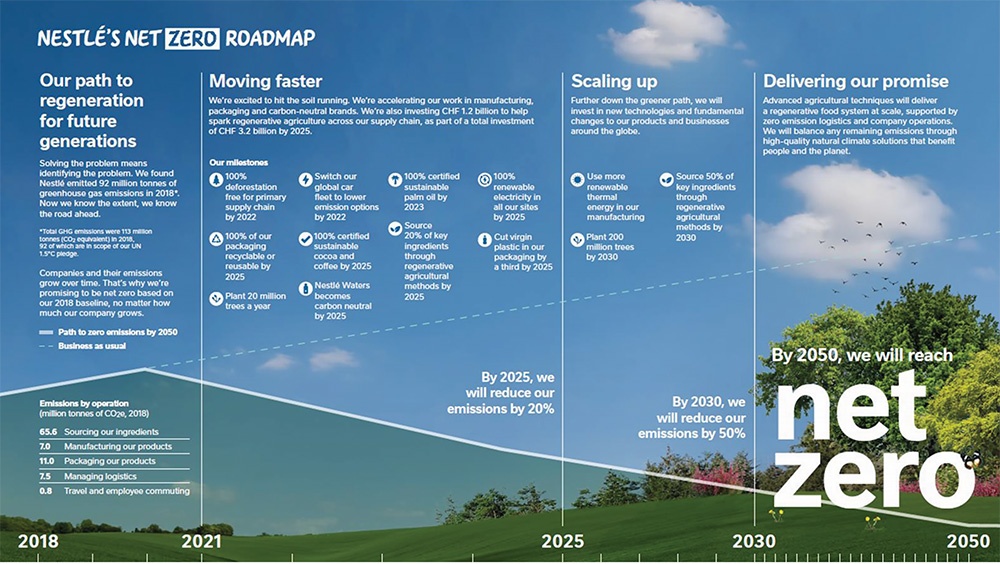 |
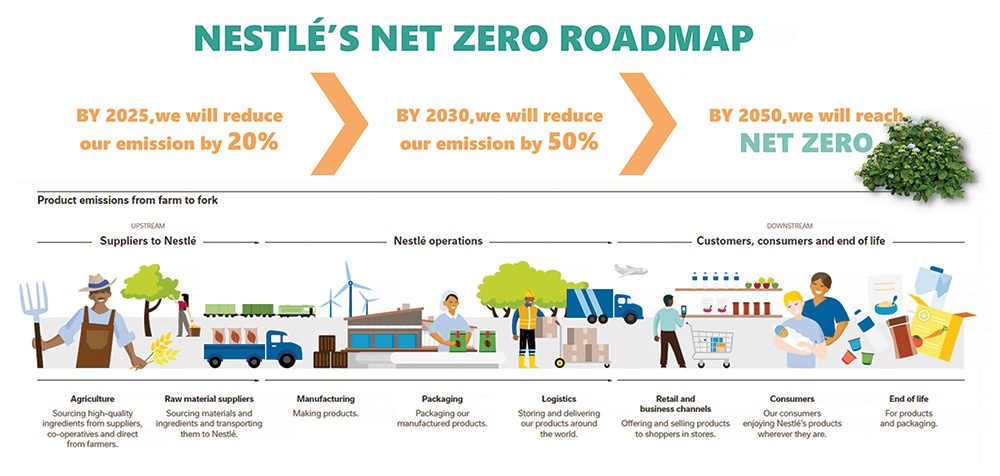 |
Utilising regeneration
However, it is not effective for farmers to grow a monoculture pepper or coffee crop. Instead, proper intercropping with a separate care regime will create better yields for the garden. In particular, the irrigation mode can control the flowering of coffee and pepper trees at different times. Without the appropriate watering method for coffee, it will inhibit the flowering of pepper plants, thereby lowering the yields of both crops.
This is also one of the ways to increase income for farmers. Intercropping is one of the regenerative farming methods for coffee trees, which contributes to increasing the biodiversity of coffee gardens.
In the past, farmers used to clear all the weeds in the garden. With regenerative agriculture, we recommend that farmers limit weeding work to increase cover. From the perspective of regenerative agriculture, a coffee garden without weeds is not necessarily good in the dry season due to the lack of tree cover.
In particular, the lack of tree cover and insufficient organic matter in the hot season will lead to the evaporation and deterioration of soil mechanical composition, reducing soil fertility. Therefore, farmers have to increase irrigation water. When adopting the regenerative agriculture model, farmers use the branches of pepper trees and agricultural by-products to compost organic fertilisers and increase the soil’s cover.
Additionally, we used to advise farmers to combine organic fertilisers with microbial fertilisers and use fewer inorganic fertilisers. In contrast, farmers who practice regenerative agriculture can compost fertilisers in the lane between two rows of coffee plants. This method will help conserve the natural properties of the soil. Excessive ploughing in the Central Highlands makes plants like pepper vulnerable to nematode infection, which could cause mass fatalities.
We collaborated with WASI to help farmers understand this phenomenon. Nematodes are to blame for the demise of monocultured coffee or pepper plants. However, when coffee is intercropped with pepper, this phenomenon will be reduced.
If farmers grow a monoculture crop in the garden without forest trees, the nematodes will attack other plants. Therefore, intercropping will alleviate the impact of nematodes on plants that are not the hosts of nematodes in the coffee garden, such as coffee or pepper plants.
Since the NESCAFÉ Plan was introduced over a decade ago, we have also greatly struggled with the farmers’ trust. They claimed that numerous sustainable coffee development programmes had been suspended in the past. They wondered whether the NESCAFÉ Plan would be sustainable or not.
The majority of the earlier programmes were short-term projects that lasted 3-5 years, with many suspended due to a lack of finances. Besides the trust issue, the Central Highlands’ ageing coffee trees present another challenge. Despite a number of agricultural methods, farmers frequently continue with their traditional routines. Drought also results in a lack of water, which affects coffee plant productivity.
Another issue is that the price of coffee was very high 10 years ago, prompting farmers to pick green coffee beans to earn more money. However, the practice of picking green coffee beans accidentally reduces the coffee’s quality and even farmers’ income after harvest by 20 per cent. Coffee buyers do not prefer buying green coffee beans.
After implementing the NESCAFÉ Plan, many farmers have obtained 4C
international coffee certificates. Farmers not only participate in the sustainable coffee development programme, but also apply the farming model in line with the standards of Good Agricultural Practices. They already know how to use organic microbial fertilisers, save water, and intercrop properly.
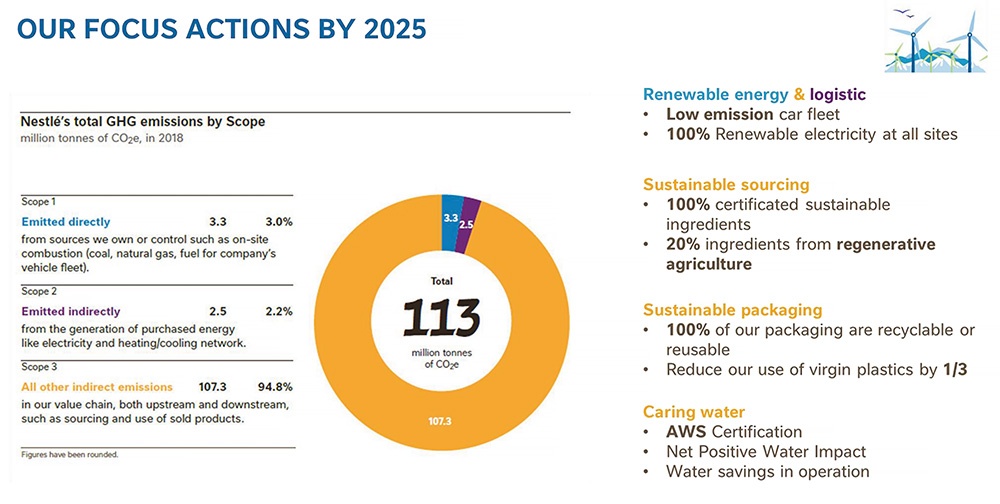 |
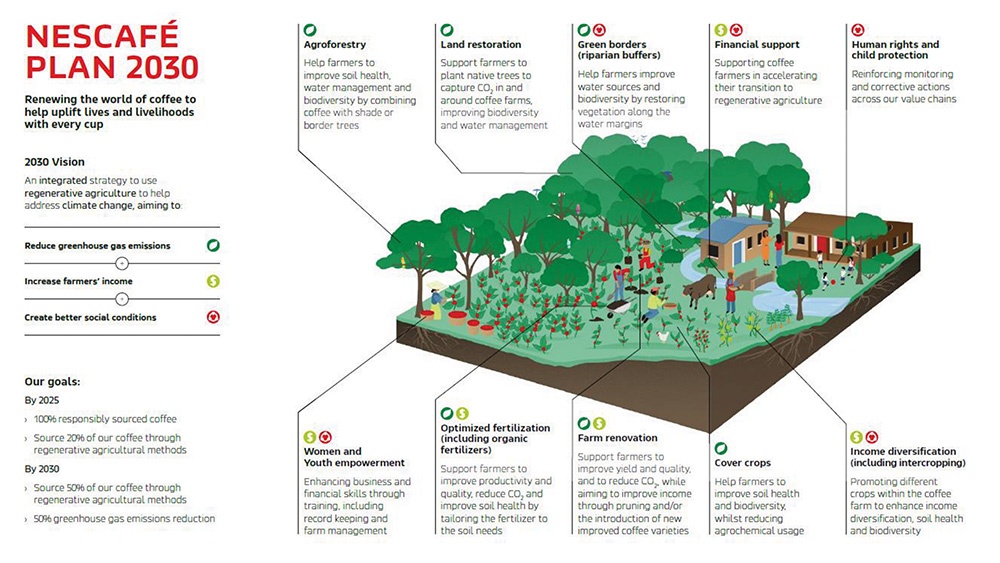 |
Establishing best practices
With regenerative farming methods, farmers have formed the habit of picking ripe coffee beans. As a result, many farming households have increased their income from 35 per cent to 100 per cent after taking part in the NESCAFÉ Plan.
Nestlé also maintains a lean system with eight agronomists to assist the farmers. We have trained 274 farmer group leaders who serve as the driving force in the localities. They have actively supported us to implement different programmes.
Up to now, the NESCAFÉ Plan has rejuvenated 63,000 hectares of old coffee trees in the Central Highlands as well as helped 21,000 farmers earn 4C international coffee certificates. We also offer 330,000 training sessions on sustainable farming methods with help from internal and external resources.
As part of the project, we have assisted farmers in creating sustainable coffee gardens. For all of our programmes, we also put a strong emphasis on cutting emissions and establishing good farming practices. According to statistics for the previous 12 years, we have helped 15,000 farmers on average each year through the distribution of plantlets.
Additionally, the project assisted in the distribution of 63.5 million disease-
resistant, high-yielding coffee plantlets. We have replanted coffee land using the proper intercropping method, contributing about 240,000 tonnes of high-quality coffee to the coffee value chain.
Regenerative agriculture requires a change from monoculture farming to the proper intercropping model. A farmer who participated in our programme has several positive results. The farmer intercrops black pepper and coffee on the 1.7-ha garden. He has made almost twice as much money from intercropping trees as he has from coffee during the 2021-2022 growing season.
The profit from intercropping will be enormous if pepper prices keep rising. When farmers participate in the sustainable coffee farming programme to promote the regenerative agriculture model, they will apply the 4C standards, which are a set of social, environmental, and economic principles. Among them, the economic factor is crucial in encouraging farmers to sign up for the programme.
Environmentally speaking, the coffee garden sees a decrease of six tonnes of GHGs. The regenerative farming practices also facilitate the absorption and storage of 70 tonnes of CO2 in land for the proper intercropping model and 19 tonnes of CO2 for the controlled model by farmers.
We also developed Cool Farm Tools to assess GHG emissions from farmers’ operations, such as the quantity of petrol needed to run tractors and motorcycles, as well as the emissions from fertilisers. On this farm, emissions per kg of green coffee are only 1.43kg. If we continue to pursue regenerative agriculture, we will achieve our commitment to reduce 20 per cent of GHGs by 2025.
 | Nestlé again voted most sustainable business in Vietnam Nestlé Vietnam has again been named the most sustainable business in Vietnam in the manufacturing sector. The recognition was unveiled at the ceremony announcing the Sustainable Companies in 2022 by the Vietnam Business Council for Sustainable Development and the Vietnam Chamber of Commerce and Industry on December 1. |
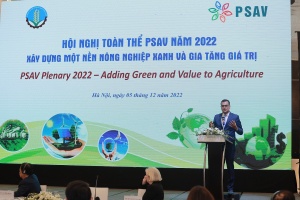 | Nestlé Vietnam enters multi-stakeholder partnerships in green agriculture Nestlé has partnered with stakeholders to promote regenerative agriculture in Vietnam and contribute to the development of green, sustainable, and low-carbon agriculture. |
Related Contents
Latest News
More News
- Nestlé Vietnam pioneers sustainable development and promotes business connections (December 06, 2025 | 12:09)
- CSI 2025 highlights rise of Vietnam’s green champions (December 06, 2025 | 09:00)
- Acecook Vietnam named among top 100 sustainable businesses (December 06, 2025 | 08:00)
- Vietnam’s forest carbon credits draw global interest (December 05, 2025 | 17:41)
- Coro Energy to launch BESS Pilot in Vietnam (December 04, 2025 | 15:12)
- Vietnam strengthens energy storage pathway (December 04, 2025 | 15:05)
- Women take leading role in agriculture and food systems (December 03, 2025 | 19:04)
- Experts highlight unpaid care work as key barrier to gender equality (December 03, 2025 | 15:15)
- Vietnam sets pace for dual transition in industry and trade (December 03, 2025 | 14:12)
- Harnessing technology for a sustainable future in Vietnam (December 03, 2025 | 12:17)

















What the stars mean:
★ Poor
★ ★ Promising
★★★ Good
★★★★ Very good
★★★★★ Exceptional